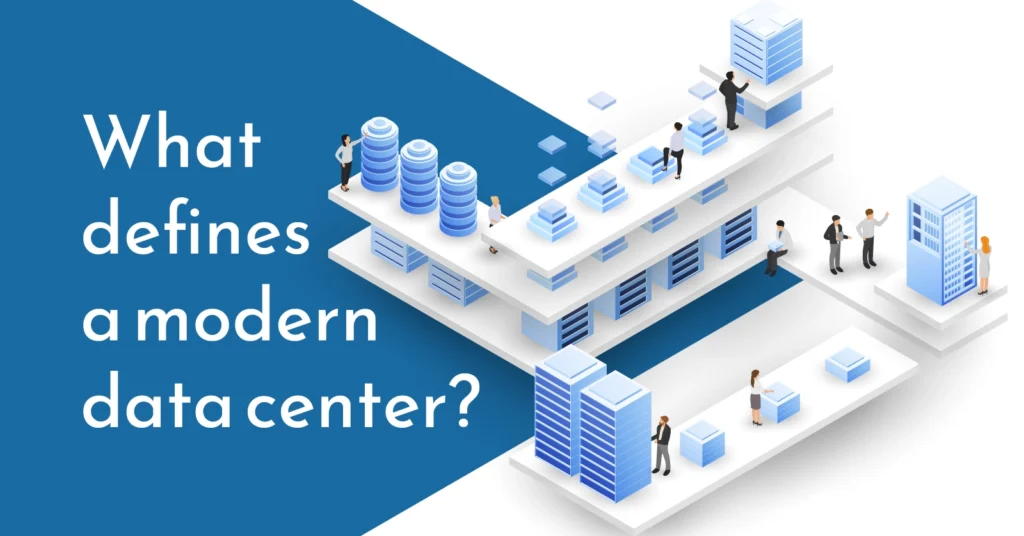
Modern data centers are very diverse than they were just a few years ago. Infrastructure has moved from old on-premises physical servers to virtual networks that provision workloads and applications across pools of physical servers and into a multicloud environment.
Today data is everywhere and is linked across several data centers, the cloud (both in public and private) and the edge. The data center must be competent to connect across these various sites, both cloud and on-premises. The public cloud is again a collection of data centers. When organizations host their applications on cloud, they will be using data center resources of the cloud provider.
Importance of data centers for business?
In the context of enterprise IT, data centers are intended to support business applications and activities that include:
- Email and file sharing
- Productivity applications
- Customer relationship management (CRM)
- Enterprise resource planning (ERP) and databases
- Big data, artificial intelligence, and machine learning
- Virtual desktops, communications and collaboration services
The core components of a data center
A typical Data center design comprises of switches, routers, firewalls, servers, storage systems, and application delivery controllers. As these components store and manage business-critical applications and data in a data center design, data center security is a critical element. Together, they provide:
- Network infrastructure. This connects servers (physical and virtualized), data center services, storage, and external connectivity to end-user locations.
- Storage infrastructure. Data is the fuel of the modern data center. Storage systems are used to hold this valuable commodity.
- Computing resources. Applications are the engines of a data center. These servers provide the processing, memory, local storage, and network connectivity that drive applications.
Types of data centers
There are many types of data centers and service models exist. But the classification of these models will depend on whether they are held by one organization or many, what technologies are being used for computing and storage, energy efficiency and how they fit (if they fit) into the topology of other data centers. Majorly, data centers are categorized into four types:
Enterprise data centers
These data centers are owned, built, and operated by organizations and are optimized for their end users. Mostly these data centers are build and maintained over the organizations campus premises.
Managed services data centers
These type of data centers are not owned by the organizations rather they will lease the equipment and infrastructure and are not directly managed by them. They are manged by a third party or a managed services provider.
Colocation data centers
A colocation data center, also referred to as a ‘colo,’ is any huge datacenter facility that rents out rack space to organizations to utilize their servers or other network equipment. The colocation data center hosts the infrastructure: building, cooling, bandwidth, security, etc., while the organization hosts and manages the components, including servers, storage, and firewalls.
Cloud data centers
Cloud is an off-premises form of data center, applications and data are hosted by a cloud services provider such as Microsoft (Azure), Amazon Web Services (AWS), or IBM Cloud or other public cloud provider.
Secure Datacenter
In this world of mobile, social, cloud, Big Data, and intelligence, the datacenter can no longer just be the place where an organization keeps its servers and stores its corporate data. It is the first point of contact with the organization’s customers, so the datacenter must provide the most reliable and secure services. The datacenter is the foundation for new business models in a growing set of industries.
Today’s data centers must be optimally available, flexible, resilient, and secure, the traditional approach compromises their primary intent: robust and uninterrupted service delivery. While a reactive approach has worked with centralized, monolithic data centers of the past, it is no longer viable. Today’s modular, hybrid, and distributed next-generation data centers remove the traditional perimeter.
